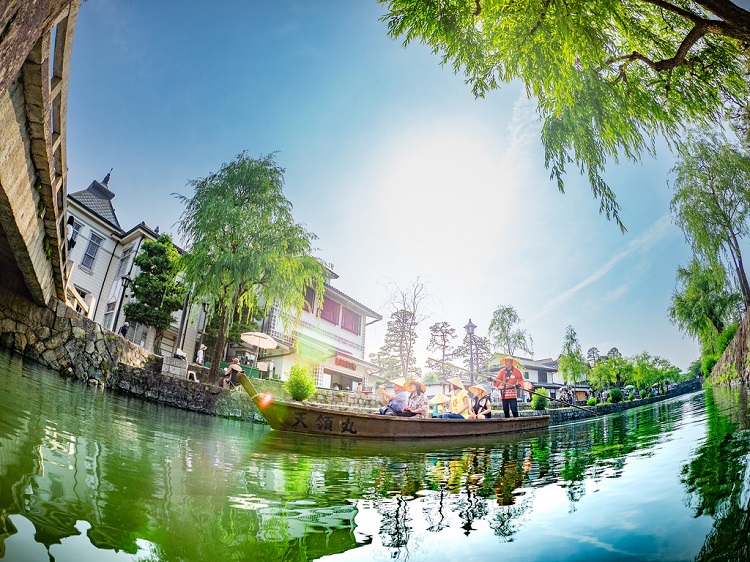Scientist Creates Sunscreen From Ivy
(Inside Science) -- Drive through the University of Tennessee in Knoxville on a sunny day, and you may see a man on the side of the road pruning the English ivy.
Mingjun Zhang isn't the groundskeeper. He is a biomedical engineer at UT who harvests the vine to make a new kind of sunscreen. He hopes to replace the metal particles in commercial sunscreens with an organic, non-toxic alternative.
"Ivy is an incredibly useful plant," said Zhang, who was born in China, where the plant is an ingredient in traditional medicine.
Zhang's interest in ivy began a few years ago in his backyard, where he asked a simple question: how does it stick so tightly to the fence?
The secret ivy's clinging power, Zhang discovered, is in its secretions, which contain nanoparticles a thousand times smaller than a grain of sand. The unusual shape of these particles allows them to form strong bonds with the surfaces of fences and walls.
While studying the unique shape of these particles, Zhang found that they also absorb the ultraviolet rays in sunlight.
Commercial sunscreens already contain metal nanoparticles that block UV rays and protect against sunburn and skin cancer. These metal compounds, such as titanium dioxide and zinc oxide, give many creams their white color.
Recent studies have questioned the safety of metal nanoparticles. When inhaled or consumed -- by workers in manufacturing plants -- they may increase cancer risks, according to a study at the University of California, Los Angeles, which showed that it can damage the DNA of mice.
Emerging safety studies have yet to find any clear evidence of danger from metal nanoparticles in sunscreen lotions, though. Preliminary research conducted by researchers at the U.S. Food and Drug Administration who rubbed pigs with sunscreen for weeks suggested that the nanoparticles did not penetrate skin deep enough to cause harm. Further toxicity studies are still underway.
While claims of risk are still uncertain, one thing is clear: sunscreens that contain these compounds cut the risk of skin cancer, and even the scientists studying potential health effects recommend them.
"New tools are allowing us to check the human and environmental impacts of technologies developed decades ago," said Bob Peoples, director of the American Chemical Society's Green Chemistry Institute in Washington, D.C. "Our goal now is to reduce or eliminate the generation or use of hazardous substances."
As more testing is performed on the nanosized metal compounds, used in everything from paint to vitamins, many researchers are searching for organic alternatives.
Zhang's ivy nanoparticles, one alternative, have proven to be transparent, water resistant, and non-toxic to living cells. They block UV radiation four times more effectively than do metal nanoparticles and are broken down naturally over time by enzymes on the skin. He is currently seeking a patent for the discovery, published in the Journal of Nanobiotechnology.
It may be a while before ivy-based sunscreens appear on the shelf of your local drugstore, said Joe Laszlo, a scientist at the Agriculture Research Service in Peoria, Ill. "The science is the easy part," said Laszlo. "The hard part is the economics, the millions of dollars it takes to get FDA approval."
Several years ago, Laszlo developed a UV-blocking compound based on soybean oil that never made it into sunscreens. Today, the soy compound is used in cosmetics instead, which don't require FDA approval for their claims of protection from the sun and "reduction of fine lines and wrinkles."
Zhang is talking to companies interested in making sunscreen and cosmetics, and he is also exploring other applications including surgical super-glue for sealing wounds and using the nanoparticles to carry drug molecules inside the human body.


